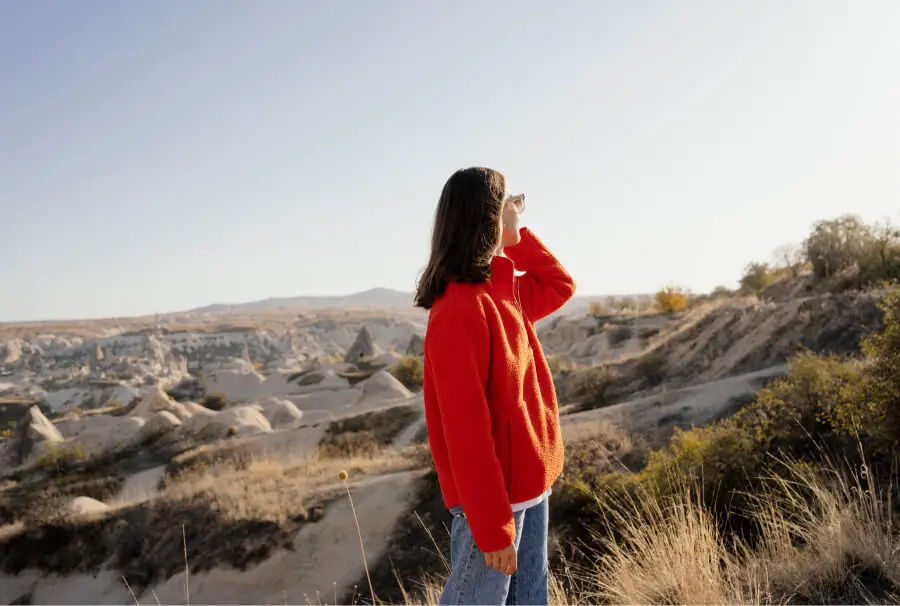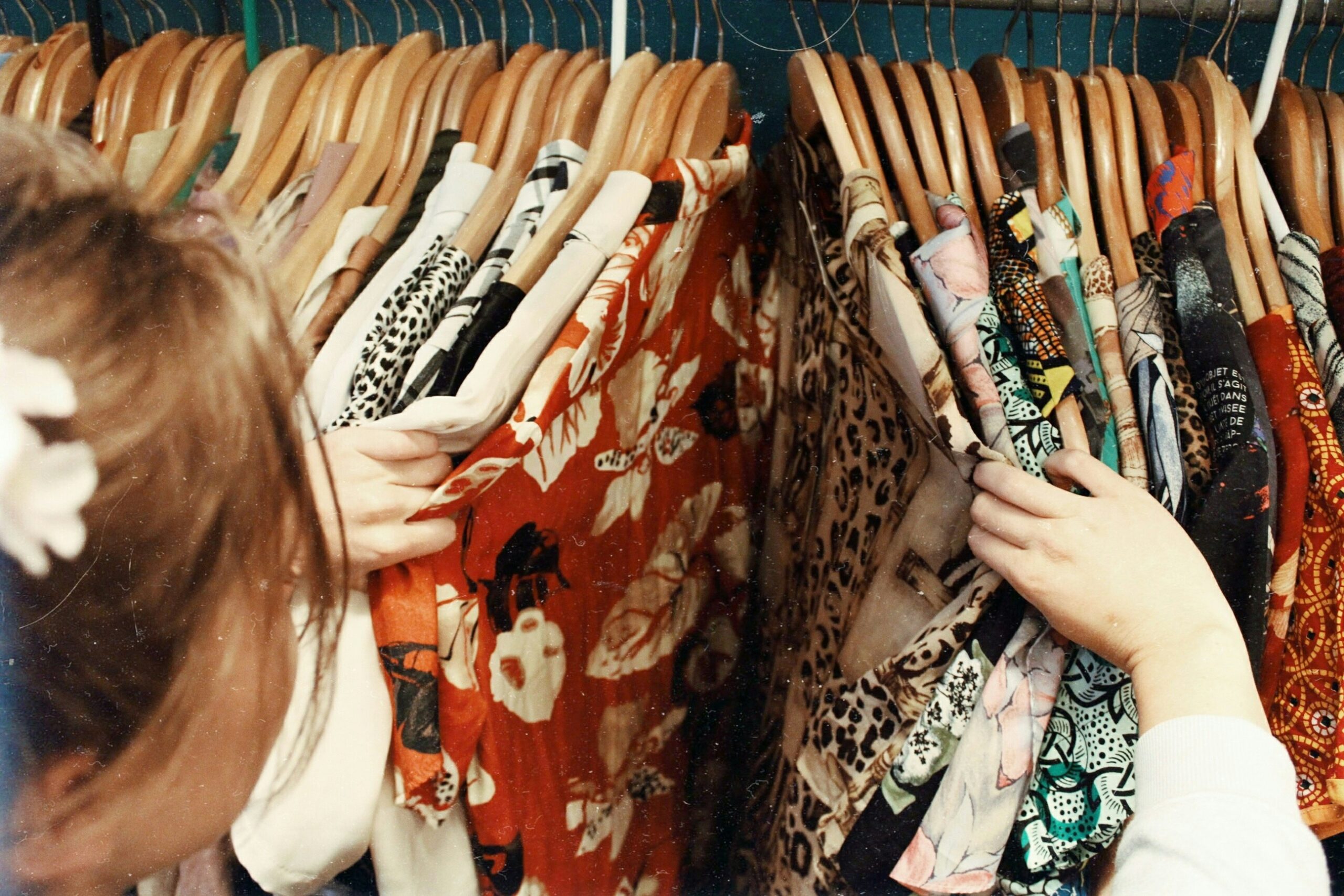Dear BoF Community,
There are a few words that are generally overused in fashion, so much so that they can lose their entire meaning. ‘Luxury’, is of course one of those words. So is ‘iconic’.
But perhaps one of the most overused new words in fashion is ‘community’. With every brand managing their own social media accounts, anyone can say they are a community brand, but few brands really make community core to who they are, and how they are building their businesses.
This week, we published our latest BoF Professional case study to break down what a real community brand looks like. The ones who do it right foster genuine customer loyalty and extraordinarily high levels of engagement that make them really stand out from the crowd.
As our correspondent Lei Takanashi concluded, “Fashion companies that understand how to address these consumers and pull on the right emotional levers can turn first-time buyers into repeat customers who commit to brands that stand for something larger than product. These customers can also become a brand’s most passionate advocates and ambassadors.”
According to Lei’s analysis, there are three types of approaches that create the strongest communities in fashion and beauty:
1. Activity-driven: typically based on a foundation of sports or other physical activities. Examples cited in the case study include outdoor label Arc’teryx and Bandit Running, whose founder and CEO Nick West says community “is people getting together, discussing and ultimately defining some portion of their identity based on that interest that they share.
2. Personality-driven: coalescing around a magnetic brand founder or leader, such as KidSuper founder Colm Dillane, who says “I never saw the community as a way to sell products. I saw the product as a way to build community.”
3. Values-based: where customers congregate around a brand because of shared beliefs or perspectives. This includes brands like inclusive beauty brand Topicals and intimates retailer Aerie, whose chief marketing officer Stacy McCormick says “community is a two-way relationship where it is very much about inspiration, connection and making sure that they’re included in work that we do as a brand…it’s bringing the customer along for the journey.”
If you read one thing on BoF this week, make it “How Brands Build Genuine Communities”. There’s something to learn for every fashion professional.
Plus, don’t miss this riveting conversation between the Mexican designer Carla Fernandez and Tunisian entrepreneur Kenza Fourati on this week’s episode of BoF Podcast. As Carla says, “In true luxury, there is no oppression. To be original, you have to go back to the origins.”
Don’t miss all of this week’s must-reads from the BoF editorial team below.
Have a great weekend.
Imran Amed, Founder and Editor-in-Chief
Here are my other top picks from our analysis on fashion, luxury and beauty:
1. Case Study | How Brands Build Genuine Communities. Community is too often reduced to a buzzword, but when cultivated correctly, it can be one of fashion’s most powerful means for engaging customers and building loyalty, particularly in times of economic uncertainty. This case study looks at examples of brands that have successfully created thriving fan communities and their approaches to creating lasting and rewarding relationships with their customers.

2. Amazon Isn’t the Solution to Saks’ Problems. The shiny new storefront on Amazon Luxury did not distract investors this week from Saks Global’s deteriorating liquidity problem.

3. Luxury Has a Fake News Problem. Is Silence the Right Strategy? Hermès, Chanel and Louis Vuitton are among the luxury megabrands that have largely remained quiet amid a flood of viral TikToks falsely suggesting their bags are made in China.

4. How to Make a Members Club Work in New York. Private clubs like LA’s San Vicente and London’s The Twenty Two are flooding New York City. Can they make membership a ‘must-have’ for a new generation of affluent New Yorkers?

5. Ari Emanuel’s Milestone Frieze Acquisition, Explained. The Hollywood dealmaker’s new firm is buying the powerful international art fair brand. What does it mean for Frieze, Emanuel’s company and the future of the art business?

This Weekend on The BoF Podcast

It’s been a complicated year for luxury. The sector was already grappling with slowing growth but now American tariffs have disrupted global supply chains, driven prices upwards and dented consumer confidence.
But there’s another, deeper long-term challenge that the industry needs to contend with: the perceived trivialisation of high-end fashion. But brands that place craftsmanship at their core are able to overcome this and connect with customers in a deeper way.
Mexican designer Carla Fernández has long been at the forefront of ethical, craft-based fashion. Her brand collaborates closely with Indigenous artisans across Mexico, promoting traditional craftsmanship and advocating for policies like collective intellectual property rights.
“The future is handmade because the objects that are handmade get inspiration from your community, from your environment,” says Fernández. “It goes through your eyes, then it goes to your heart and comes out from your hands. And those are objects that have a soul.”
After experiencing first-hand how the fashion industry overlooks contributions from the Global South, Tunisian entrepreneur Kenza Fourati co-founded OSAY The Label, a brand focused on elevating artisan footwear crafted in Tunisia and using sustainable materials and traditional techniques.
“I’m very angry with this kind of perspective that it’s designed somewhere in the Global North, like Paris or Milan and then it’s handmade in the Global South, like Morocco, Tunisia. It feels very fragmented,” she says.
This week on The BoF Podcast, a riveting conversation from BoF CROSSROADS 2025, Carla and Kenza Fourati discuss the power of craft-based fashion, how to collaborate ethically with artisans and indigenous communities while redefining what true luxury means.







